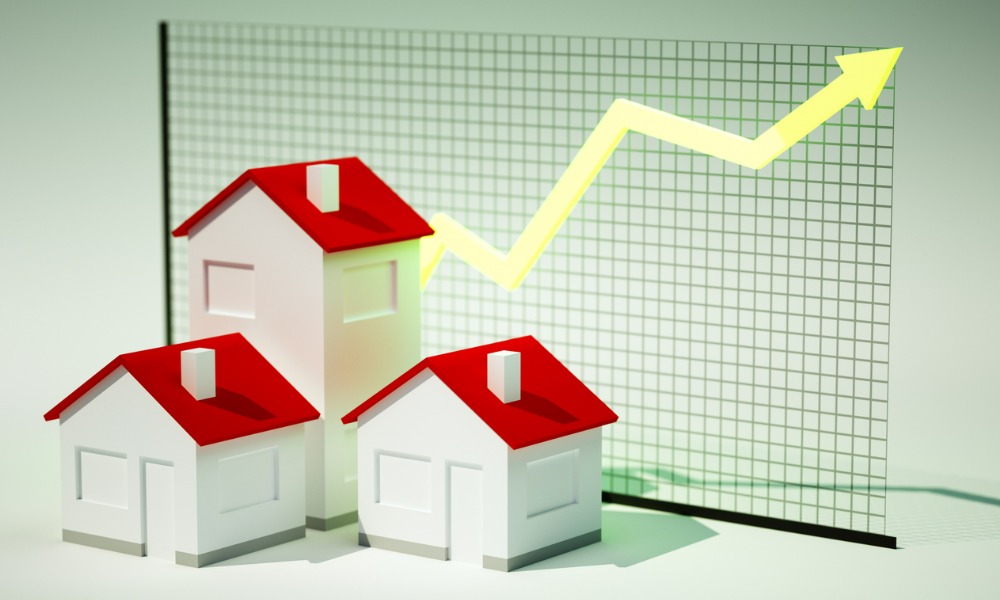Existing inventory seems to have been highly attractive to the largest spenders

The bulk of home price growth over the past year came from existing inventory rather than from newly completed supply, according to data from Statistics Canada.
During the second quarter, existing home prices shot up by more than twice the rate of growth seen in new homes, the agency said. Across all residential asset classes in major metropolitan markets, prices had a 13.5% increase, with new builds posting 7.8% growth and existing homes surging 16%.
The largest disparity was seen in Toronto, which had an overall Q2 annual price increase of 12.4%. The value of new supply rose by just 4.1% during this period, while the growth in existing home prices was nearly four-fold at 15.8%.
Victoria, which saw home prices grow by 15.5% year over year during the second quarter, also exhibited a significant gap between the prices of its newly built homes (up by 6%) and existing inventory (19.9%).
Read more: How long before things heat up again in the mortgage market?
The situation was markedly more balanced in Ottawa, despite its 24.5% annual increase in Q2. New builds in the market had a 22.4% price gain, while existing stock saw its value rise by 25.3%.
Similar conditions were observed in Montreal, which had an overall Q2 residential price increase of 18.8%. New home prices posted 15.7% growth, while existing homes had a 20% price increase.
Vancouver, which is often considered one of the nation’s hottest housing markets, had a somewhat muted 13.4% annual growth in home prices during the second quarter. Newly constructed residences in the city saw a 9.2% price increase, while existing inventory saw values surge by 16.1%.



